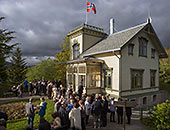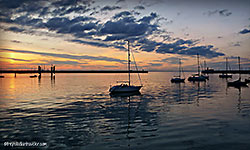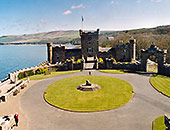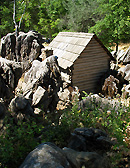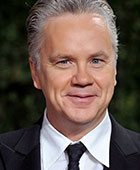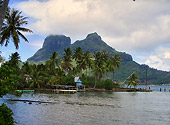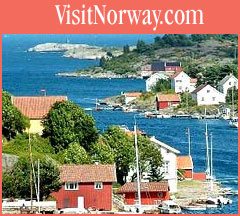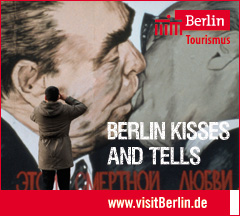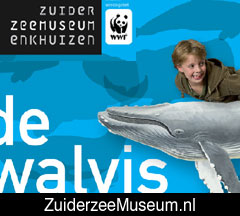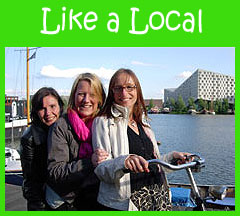 |
 |
|
 |

|
Eight-Circuit
Thailand:
Conceptually, I deem this a meaningful coincidence because I’m already experiencing Thailand with a copy of The Eight-Circuit Brain: Navigational Strategies for the Energetic Body by Berkeley mystic, Antero Alli. According to Alli, to key to increasing one’s intelligence is by absorbing, integrating, and transmitting information. Merely absorbing information will not help one evolve; rather, one must integrate what one learns and transmit that information. As soon as Grothaus and Biedassek describe their model of “experience, reflect and share,” I immediately synchronize it with Alli’s model of “absorbing, integrating and transmitting.” The book wasn’t intended as a travel guide in the geographical sense, but on this journey it’s my equivalent sidekick.
In Alli’s model, the brain contains eight circuits.
The first four are the basic survival circuits: (1) Physio-Biological
Intelligence; (2) Emotional-Territorial Intelligence; (3) Symbolic-Conceptual
Intelligence; and (4) Social-Moral Intelligence. These four function
as anchors for the other four, the "upper consciousness" circuits:
(5) Somatic Intelligence; (6) Intuitive-Psychic Intelligence; (7) Mytho-Genetic
Intelligence; and (8) Quantum-Nonlocal Intelligence. Since I’m in Thailand, where Buddhism penetrates everything, my natural sense of interconnectedness is already kicking into overdrive. Alli’s book shapes the emotional responses to my journey through this particular space and time - (“May the farce be with you and the Buddha, too,” he advises, adding that the point, above all else, is to have fun with this.) The multimedia transmission on experiential tourism here in the Conference Centre brings it all into perspective. Absorb. Integrate. Transmit. Are you receiving me? Good. Some quick examples: Circuit 1, Physio-Biological Intelligence, (security and the basic will to survive), centers around imprinted attitudes of trust and comfort. For example, in Chiang Mai, the boutique hotel, U Chiang Mai, sits rights across the street from a watering hole called the Chiang Mai Writer’s Club & Wine Bar—the city’s unofficial foreign correspondent’s club. Both of those fine establishments—the hotel with its upstairs reading room, free WiFi and 24-hour breakfast; the bar with its celebratory ambience supplied by owner and expat journo Bob Tilley—absolutely satisfied my fixations for security and self-preservation. Upon leaving, I vowed to return.
Circuit 2, Emotional-Territorial Intelligence, deals with personal status, power tactics and stabilizing your ego in the midst of it all. For example, when several writers travel together and share a bus for two weeks, all with varying degrees of professional jealousy and inferiority complexes, (myself included), Circuit 2 can disintegrate in no time. Following the book’s advice, my opinion is: “I am free; you are free; we can have our separate trips or we can have the same trip.” I’m just glad Buddhist monks travel the streets in Thailand, reminding me of that Third Noble Truth: Cessation of suffering is indeed possible.
Rounding out the first tetrachord of Alli’s model would be Circuit 4, Social-Moral Intelligence—the urge to belong, the impulse to fit in. This poses no problem in Thailand, as the natives are convivial and welcoming. Whether I’m in a Thai cooking class by the river all afternoon or haggling over a $3 tie-and-cuff-links package with wholesale vendors in blistering 110-degree Bangkok, everyone makes me feel at home. The upper consciousness circuits, 5-8, impact their corresponding anchor circuits in respective order, stimulating growth and evolution in those lower circuits. Circuit 5 impacts 1, Circuit 6 impacts 2, etc. For more, the reader can peruse Antero Alli’s The Eight-Circuit Brain and its predecessor, Angel Tech. Both books expand on previous ideas by Timothy Leary and Robert Anton Wilson.
In the end, the Eight Circuit model opens my consciousness to a new way of experiencing a destination. The presentation on experiential tourism provides a perfect all-encompassing recap, bringing me back to the end of this journey and perhaps even the beginning. As I sit in the UN Conference Center in Bangkok, Grothaus and Biedassek are unleashing their snazzy PowerPoint presentation, defining the integral components of experiential tourism: “Experience, reflect and share.” Little do they know, their Holy Trinity almost precisely harmonizes with Antero Alli’s model. I feel tuned in just thinking about it. Consider that a wrap. I have absorbed and integrated.
You have now received the transmission. |
|
Your tea adventures are especially interesting because I've always associated tea with British etiquette or a bevy of women wearing dainty victorian costumes and sipping tea with their little pinky sticking out. To see Tea from a man's perspective brings new light in a man's psyche. I've been among the many silent admirers of your writings for a long time here at Traveling Boy. Thanks for your very interesting perspectives about your travels. Keep it up! --- Rodger, B. of Whittier, CA, USA
|
|
| ||||
|
| ||||
|
| ||||
|
| ||||
|
| ||||
This site is designed and maintained by WYNK Marketing. Send all technical issues to: support@wynkmarketing.com

|















